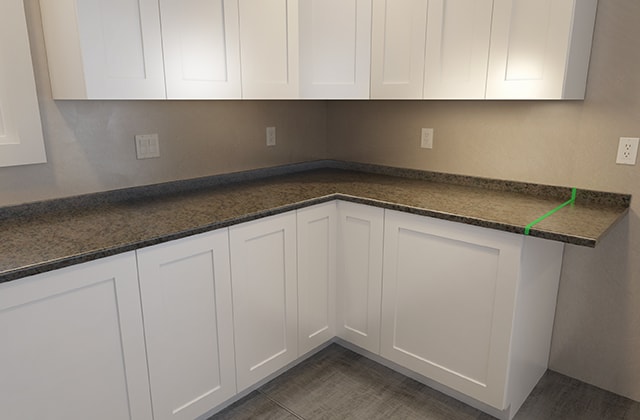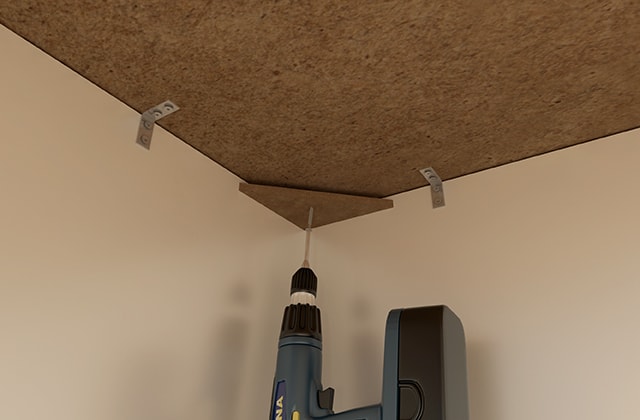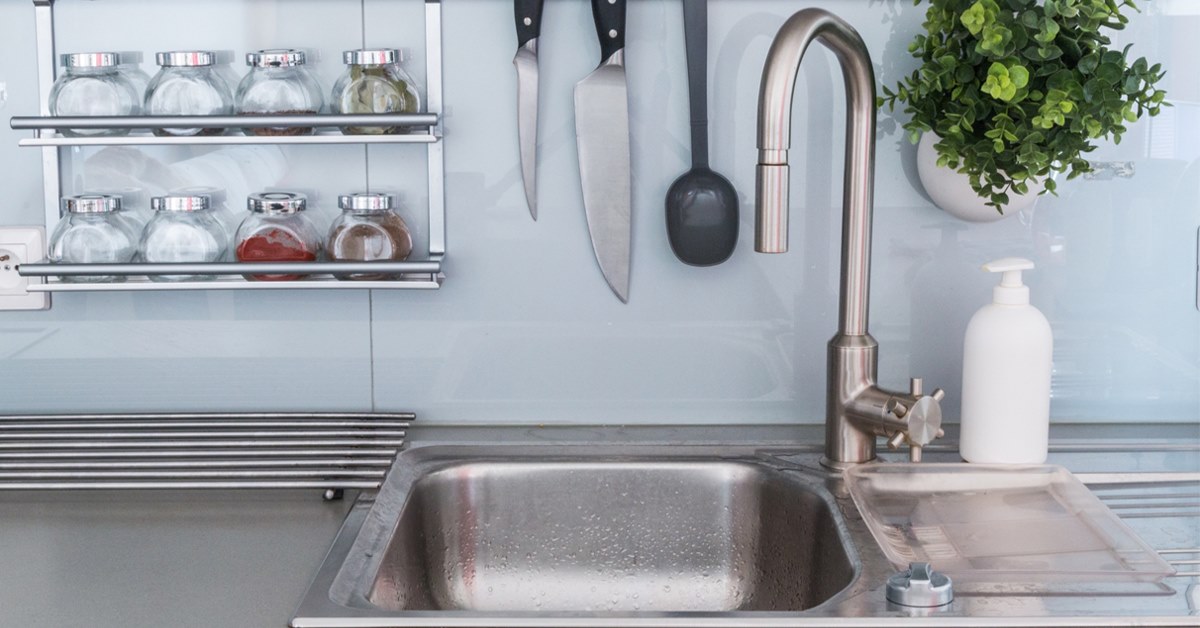1
Measure the dimensions for the counter
- 1.1 - Check the corner walls for square (90o). Adjustments are possible up to ¼". If corners are out of square, it may be wise to call in a professional.
- 1.2 - Check the walls for straightness. If walls are uneven, sloped, slanted or out of square, you may need to shape the backsplash. Adjustments are possible up to 3/8".
- 1.3 - Measure the depth of your base cabinets: 23 ¾" is standard. The counter overhang must be included (¾" to 1") in order to calculate the countertop width to buy.
- 1.4 - Measure the length behind and in front of the cabinets.
- 1.5 - Ensure the backsplash will not conflict with any outlets on the wall between the base and wall cabinets or window trim.
- 1.6 - Check the base cabinets for level.



















